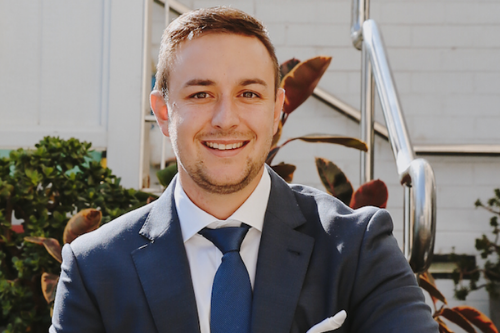

Australia’s most difficult rental markets have been identified, with areas of Brisbane, Perth and Adelaide posting vacancy rates as low as 0.01%.
Regional areas have long suffered from critically low vacancy rates as tree changers move out from capital cities and investors hoover up properties to use as holiday rentals rather than long term tenancies.
The government acknowledges that the ideal vacancy rate is 3%, when supply and demand are largely in balance. It is lower than that everywhere in Australia except Sydney and Melbourne, where the dearth of international students has driven it over that benchmark.
“Over the last couple of years, with the restricted lending, we’ve seen a lot of investors driven out of the market,” said Daniel Walsh, buyer’s agent and director Your Property Your Wealth.
“There’s not been as many investors over the last three or four years because of the lending criteria that they had to hit. Because of that, we’ve seen less investors buy property and now we’re starting to see a shortage in the rental market. It’s coming home to roost.”
“That’s where we are at the moment, and a lot of that is driven by the fringe areas of capital cities. With Covid, people are looking towards lifestyle. They’re jumping out of the units where they were closer to their work hub, and now they can work from home, they’re choosing lifestyle which means fringe or even regional areas to rent, and they’re choosing more houses over units.”
This is almost the tree changer effect, but instead of moving out of the city completely, people are moving to the periphery.
“Essentially, they’re saying that instead of living in a two-bedroom unit, let’s go a bit further out and choose a house with a better lifestyle for the family,” said Walsh. “We’re also seeing a lot of interstate migration towards places like Brisbane, which is taking effect, but nationally, what we’re seeing is the fringes of each capital city vacancy rates drop dramatically as people choose houses and lifestyle.”
“I think that’s happening due to Covid, but it’s also not helping that there were fewer investors over the last three to four years to be able to soak up some of the new rental demand that is coming in.”
